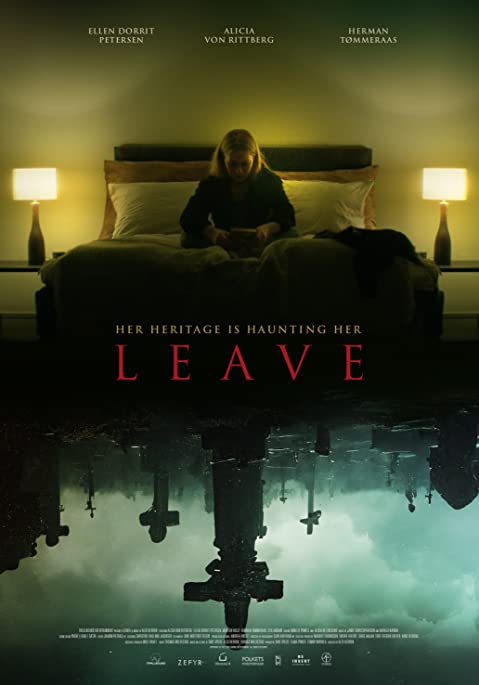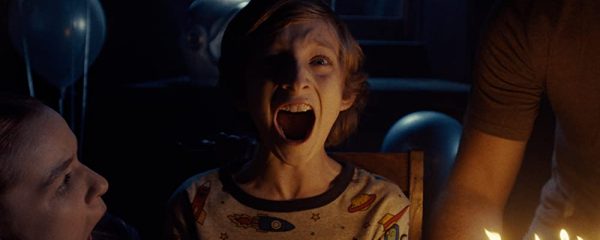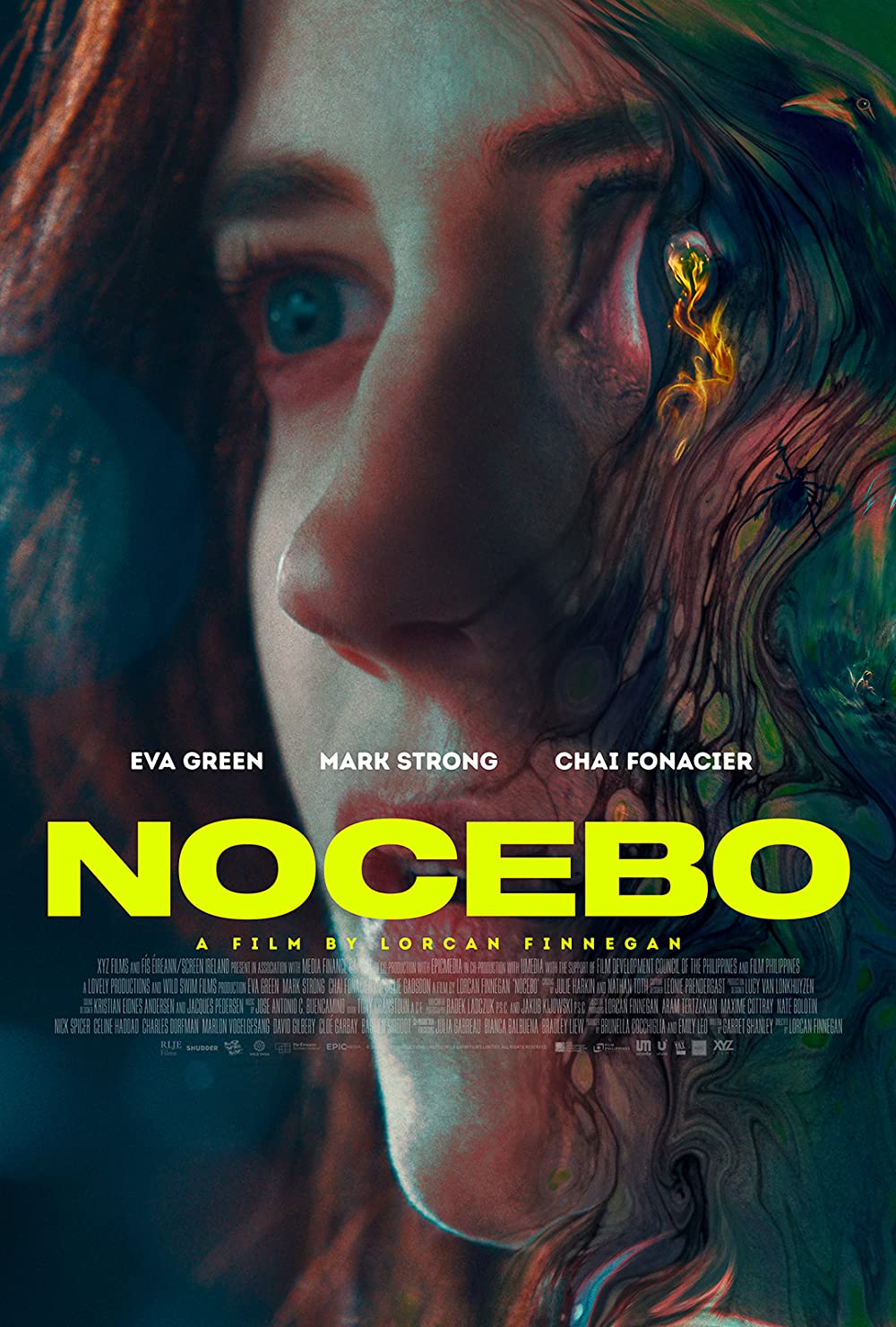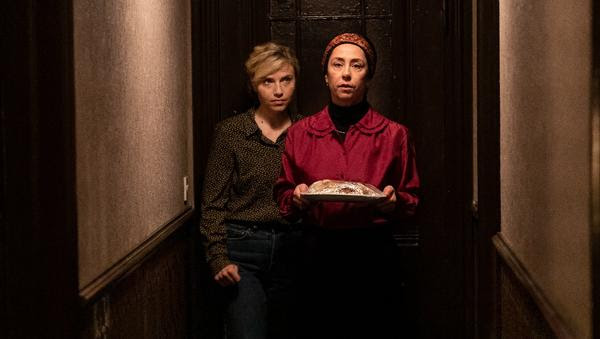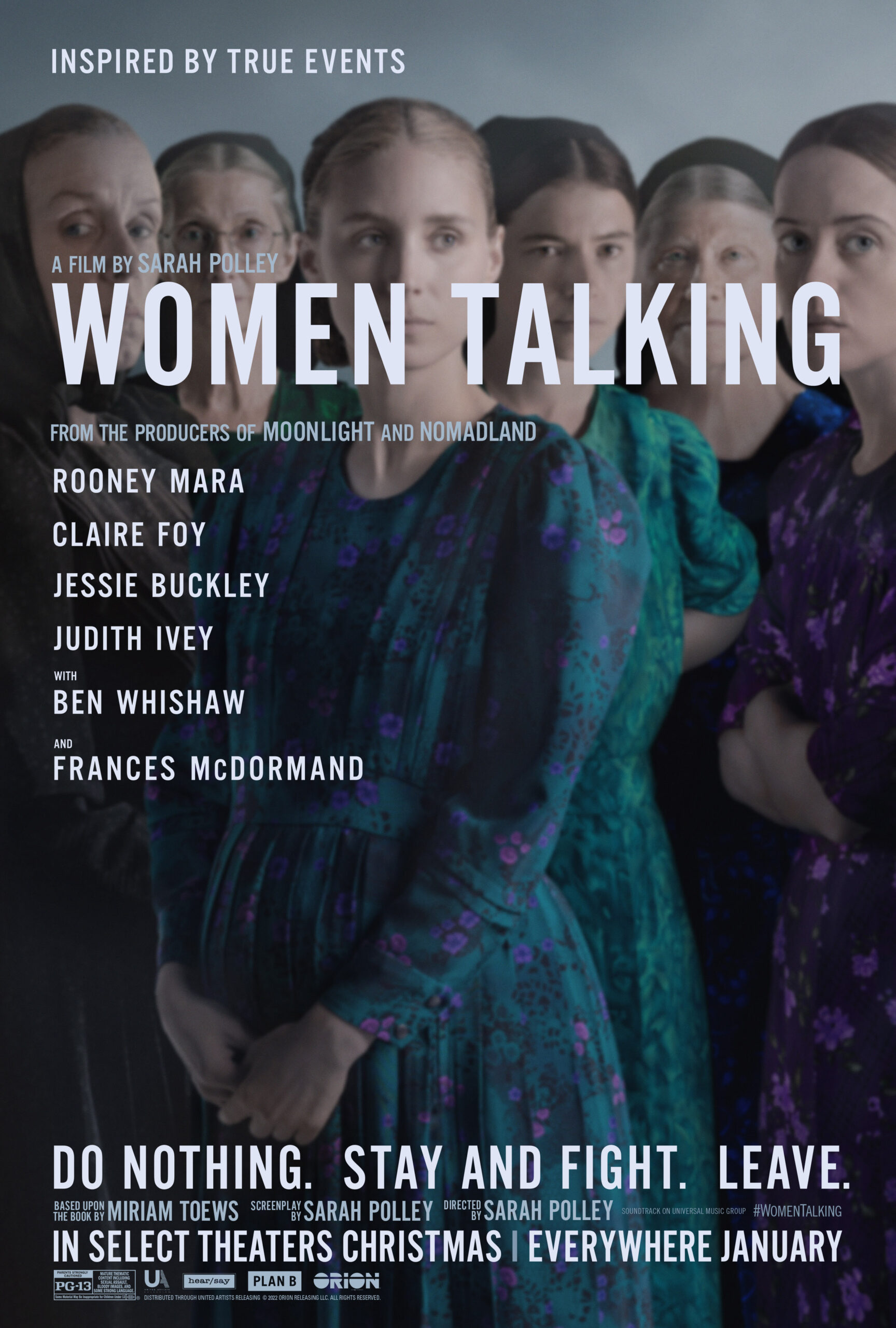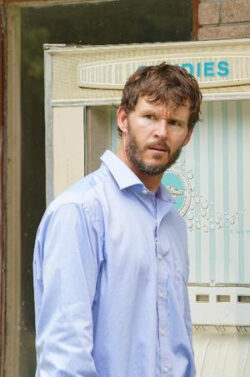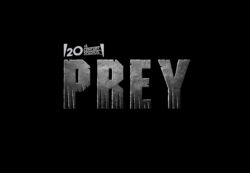Starring: Lachlan Watson, Michele Hicks and Shunori Ramanathan
Directed by: Jeffrey A. Brown
Rated: NR
Running Time: 125 minutes
Shudder
Our Score: 1.5 out of 5 stars
Sound is key in horror. The jump scares are always accompanied by a sound blasting quickly out of the speakers, but in “The Unheard,” the film utilizes the terror of silence. Chloe (Watson), who lost her hearing as a child after having meningitis, is undergoing an experimental procedure to regain her hearing. To know if the procedure is a success, she must remain near her doctor and does so by staying in the secluded house she grew up in. Technically speaking, “The Unheard” is on par with the Oscar-nominated “Sound of Metal.” That’s about as far as glowing compliments go for this film though.
“The Unheard” establishes tension early on, but does nothing with it. Chloe begins to experience odd sounds, lights and things in an old VHS tape featuring her mother, who disappeared when she was little. All these storytelling breadcrumbs taste great, but have the worst aftertaste. Without revealing too much of the plot, the film makes the mistake of creating about a half dozen different subplots outside of the main plot, which makes it incredibly difficult at times to decipher which of the plots is the main plot and which plot is just a red herring. Is it her regaining her hearing and experiencing these weird auditory moments? Is it her doctor who seems off? Is it the boy in town that she’s told to stay away from? Is there something on the VHS tape? Is something going on at the house next door? The film asks a dozen questions and then doesn’t really answer any of them.
A lot of the issues in “The Unheard” wouldn’t technically be an issue if the film was drastically shorter. Since “The Unheard” clocks in at over two hours, that means we get to spend a lot of time with Chloe and all the strange side characters. While there’s nothing wrong with the acting, the film does become quite dull when Chloe investigates a strange sight or sound…again. Or when she uncovers something she can’t explain…again. Or when a character implies knowing more than they’re leading on…again. It almost becomes a parody of itself by the time the third act rolls around, because even the seemingly third act is just a misdirect before the actual third act.
The film makes the payoff so crucial to the overall film, that when it turns out to be a letdown, it kind of cheapens everything else in the film that works, like the cinematography, the audio manipulation and the acting. The film also has a problem sticking to a genre, or, at the very least, creating a mish mash of genres that flows evenly. “The Unheard” is choppy, unnecessarily confusing and bloated. I wish I could unsee “The Unheard.”


